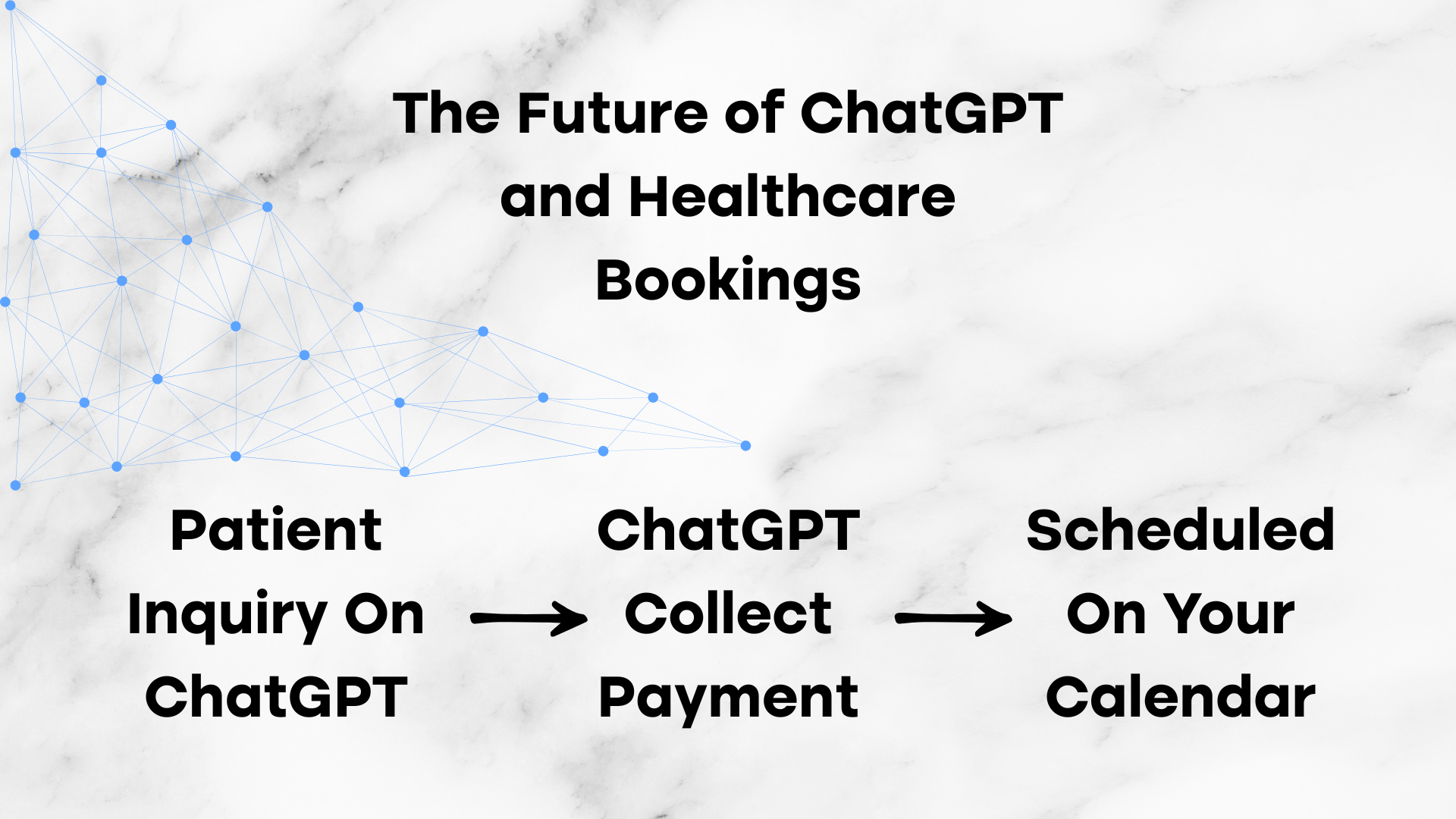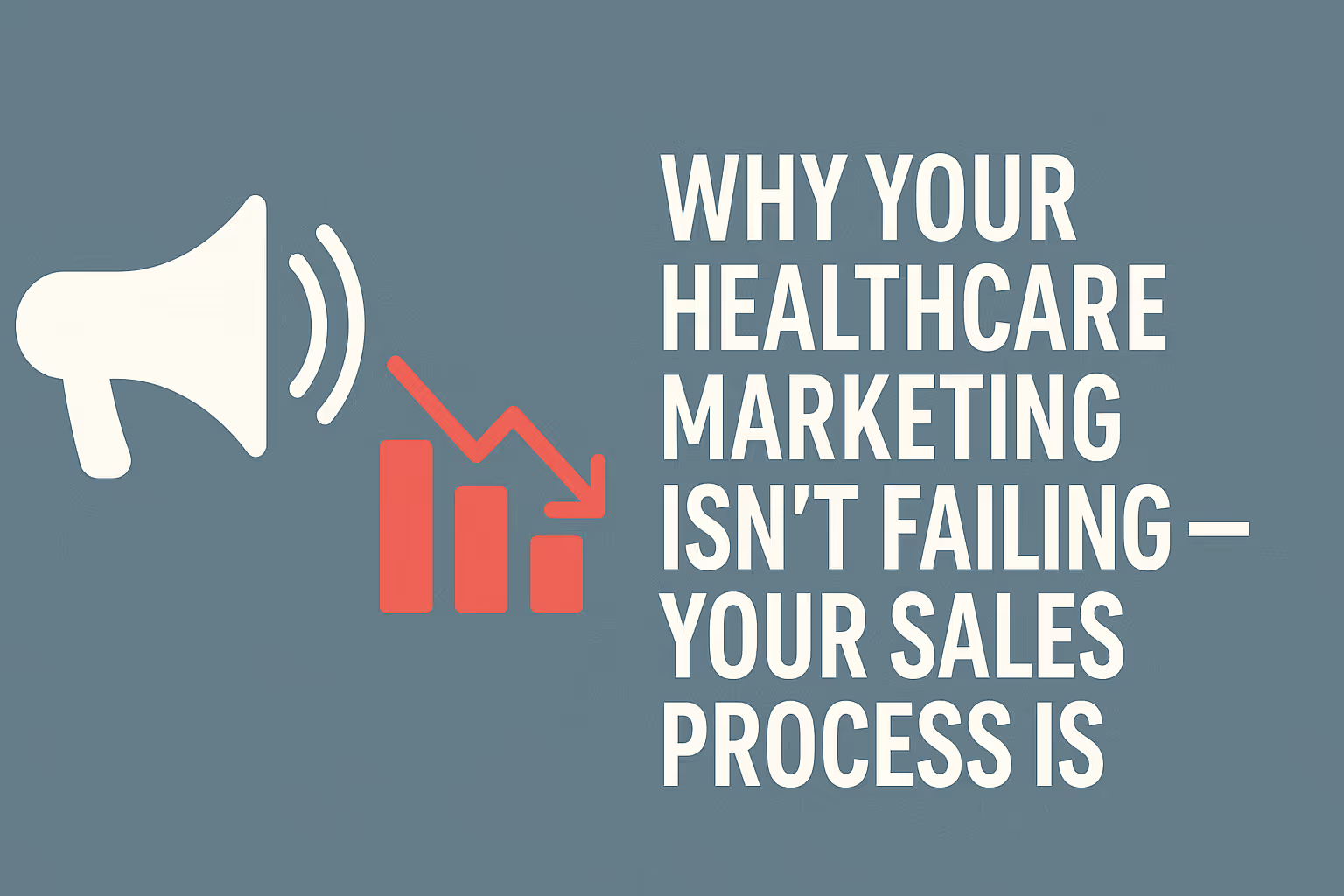Read more Articles
Keep up to date with medspa marketing strategies.

Let’s be real, most healthcare providers still treat social media like an afterthought. A quick post here. A grainy before-and-after photo there. Maybe a caption that says, “We’re accepting new patients!” But in today’s digital world, that’s not a strategy, it’s a missed opportunity.
After helping clinics generate over 750 million Instagram impressions and 300 million YouTube views, here’s what we’ve learned: the most successful healthcare brands on social media aren’t the loudest. They’re the most intentional.
They treat content like a funnel, plan around the patient journey, and understand that social media is the brand—it’s not just a side channel anymore. In fact, building a strong social media presence is one of the most cost-effective ways to dominate your niche and stay top of mind.
If you’re thinking of revamping your clinic’s online presence, curious how social media can work for you, or simply want practical tips that go beyond the obvious, keep reading.
In the next section, we’ll break down actionable ways to grow your healthcare brand online—starting with strategies you may not have considered.
Every patient journey has a beginning—and on social media, that first step is your profile. Think of it as your digital front door. If you’re looking to attract more leads and make a stronger first impression, this is where it all begins.
Start with your username. Keep it clean and on-brand. Avoid random underscores, numbers, or confusing punctuation. A handle like @YourClinicName is easier to find, easier to remember, and signals professionalism.
Next, optimize your display name with simple SEO tactics. Instead of just “Revive Medspa,” try something like “Scottsdale Aesthetics | Revive Medspa.” Including your location and specialty increases visibility in platform searches—especially since in-app search favors geographic keywords.
Now, let’s talk bio. It’s not just a place for your slogan—it’s your mini landing page. Use it to clearly explain what you do, where you’re located, and how people can take the next step, like booking a visit. Tools like Linktree can simplify access to everything from your service menu to Google reviews and your booking portal.
A seamless, informative profile doesn’t just convert visitors—it improves your visibility. Google and Meta prioritize user experience when ranking and recommending profiles. So, yes, even your profile layout impacts your growth.

Here’s a common mistake: many practices post sporadically or without any real plan. Not only is this ineffective but it can actually damage your visibility in social media algorithms. Consistency isn’t just helpful, it’s essential.
Start by building a branded content system—also known as your visual brand palette. This ensures your page looks cohesive, credible, and instantly recognizable.
Choose 2–3 primary colors, a typeface that aligns with your brand, and a set of standardized graphic templates. If you don’t have a defined font yet, start with the one from your logo and explore font pairings that complement it (ChatGPT can even help with that!). Templates for Reels, product highlights, testimonials, or still images help reinforce brand identity—just like major consumer brands do.
Design consistency isn’t just about aesthetics—it builds visual trust. Every time someone scrolls past your content, they should know it’s you before they even read a word.
Next, diversify your content formats. A winning strategy includes video, photo, carousel posts, and stories to maximize engagement across Meta’s platforms. Short-form video (especially Reels) still dominates reach and visibility—because both the algorithm and your audience prefer it.
Use Reels to:
But don’t chase virality. Focus on weekly micro-funnels built around one key service or offer. If you have multiple promotions, either increase your posting frequency or extend your campaign timeline.
Think of your content like this:
Stories, in particular, invite low-pressure, personal interactions—making it easier for leads to connect, ask questions, and ultimately book with confidence.
.avif)
Still images are best used in carousel formats to showcase before-and-after transformations or educate patients on a step-by-step service breakdown. Stories, meanwhile, should be used to showcase limited-time offers, behind-the-scenes footage, and quick polls—creating a sense of urgency and interaction.
To read more about designing high-converting medical content, visit our blog on UX and conversion strategy.
When it comes to hashtags, most healthcare brands fall into one of two traps: ignoring them completely or dumping a ton of them on every post. Neither works — and Instagram just made that decision for us.
As of December 2025, Instagram now limits posts to just five hashtags — no exceptions. So instead of quantity, your focus has to be quality and intent.
Choose up to 5 hyper‑relevant hashtags that speak directly to your service and your audience. Think along the lines of:
Pick hashtags that describe:
This sharp focus helps your posts show up in meaningful searches.

Platforms like Instagram use hashtag performance as a signal for reach. If your post underperforms on just a few of the hashtags you’ve used, the algorithm may suppress its visibility altogether. That’s why quality matters more than quantity. A common misconception is that using more hashtags increases exposure—but in reality, irrelevant or overly broad tags often hurt performance. Keep your hashtags specific, intentional, and aligned with the content because the right five will outperform the wrong fifteen every time.
As for captions, it’s easy to assume that short captions are the gold standard—after all, attention spans are shrinking, right? That may be true for meme pages and entertainment accounts. But if you’re a service-based business, especially in healthcare, the rules are different.
Here’s why: you’re not looking for a like. You’re looking for a lead.
The video stops the scroll, but the caption qualifies the lead. It’s where you inform, educate, and connect with someone who’s already interested enough to tap “more.” This is where trust is built. Where fears are addressed. Where objections are handled without ever getting on a call.
And if someone is serious about booking a high-value procedure, Botox, laser hair removal, weight loss, they’ll read. They’ll engage. They’ll convert. The key is writing like a human. Speak to real concerns. Avoid AI nonsense and keep your tone personal. And most importantly, guide them to the next step. Depending on how much you speak with them or if they have already reached out to you that next step will almost always be a DM.
The belief that there’s a perfect time to post is outdated. With algorithms controlling feed visibility, timing is far less important than frequency and engagement. So posting at 6am is no different than posting at 3pm or 12am etc.
If your goal is reach, increase your output. Posting 4–6 short videos per week improves your chances of hitting the “Explore” or “Suggested” pages. But if your goal is relationship-building with existing patients, reduce volume and increase depth. More isn’t always better, especially if your content quality suffers. Social media works like this based on your posting, the more you post the more you reach a new audience, the less you post the more you engage with your pre-exisitng followers.
High-frequency posting introduces more chances to go viral, but that exposure often comes from users who aren’t following you. If you want to deepen relationships, leverage stories and comment sections to engage directly with your core audience and generate sales.

You should be trying to respond to comments twice a day once in the morning and once at night. This shows your audience you are active and encourages them to comment more on your posts. Them commenting boosts its reach more than you could image, so ensuring you are engaing with people online is vital.
Out of all the features Instagram offers, one of the most powerful, and most overlooked, is the location tag. Every time you tag your city (not your specific business address), you give your content a chance to show up on the local explore page. And for healthcare providers, that visibility is gold.
The explore page is often the first thing people in your area see when they open Instagram. If your clinic is consistently showing up there, you’re not just getting views—you’re getting attention from the exact audience most likely to book. And because so few practices are using this tactic well, the competition is surprisingly low.
For medspas and clinics offering services like microneedling, Botox, or Morpheus8, this is a major opportunity. These procedures are often driven by curiosity, visuals, and peer influence—exactly the kind of engagement the explore page feeds. When someone nearby searches for treatments or browses local content, your tagged post puts you right in their line of sight—boosting visibility, interest, and eventually, bookings.
If you want to learn how to drive in-location SEO even further, check out our Local SEO for Medical Practices article.
Marketing in the healthcare space isn’t the same as retail or lifestyle content. You’re subject to HIPAA, FTC guidelines, and platform-specific ad policies. Never share before-and-after content or testimonials without explicit, written patient consent. Avoid making medical claims that can’t be substantiated. And make sure your DMs and comment responses don’t stray into patient-specific advice, redirect those conversations to secure platforms.
According to a report by Forbes Agency Council, “the lines between marketing and healthcare delivery are thin, and it’s easy for providers to unknowingly cross into regulatory risk.” This is why internal social media policies matter just as much as the content itself.
After your first 30 days of content, start analyzing performance. Track metrics like:
Use platform data to guide your content strategy. If Stories consistently generate the most engagement, lean into them. If carousel posts have high swipe-through rates, make them a recurring format. Let your audience behavior dictate your direction and your social media page will grow.
One of the most underrated metrics is watch time. Instead of asking, “Is this favored by the algorithm?” ask, “Does this keep people on the platform longer?” Because retention is what every social media company values the most. High watch times signal quality and relevance, often leading to stronger engagement, broader reach, and more time spent showcasing your brand to potential patients. A simple way to increase your watch time is testing your hooks and how they resonate with your audience.
Gone are the days when word-of-mouth and street signage were enough. Patients discover services online, and social media is often the first touchpoint in that journey. Whether you run a weight loss clinic, a dental office, or a cosmetic surgery center, your digital reputation is only as strong as your latest post.
Done correctly, social media builds authority, drives demand, and keeps your pipeline full—even during slow seasons. If your practice hasn’t fully committed yet, now is the time.
Want to go deeper into your marketing strategy? Start by reading our guides on How to Market Your Morpheus8 Device or Email Marketing for Medical Practices.
We build predictable patient acquisition systems that deliver real, trackable ROI for medspas.
Keep up to date with medspa marketing strategies.

